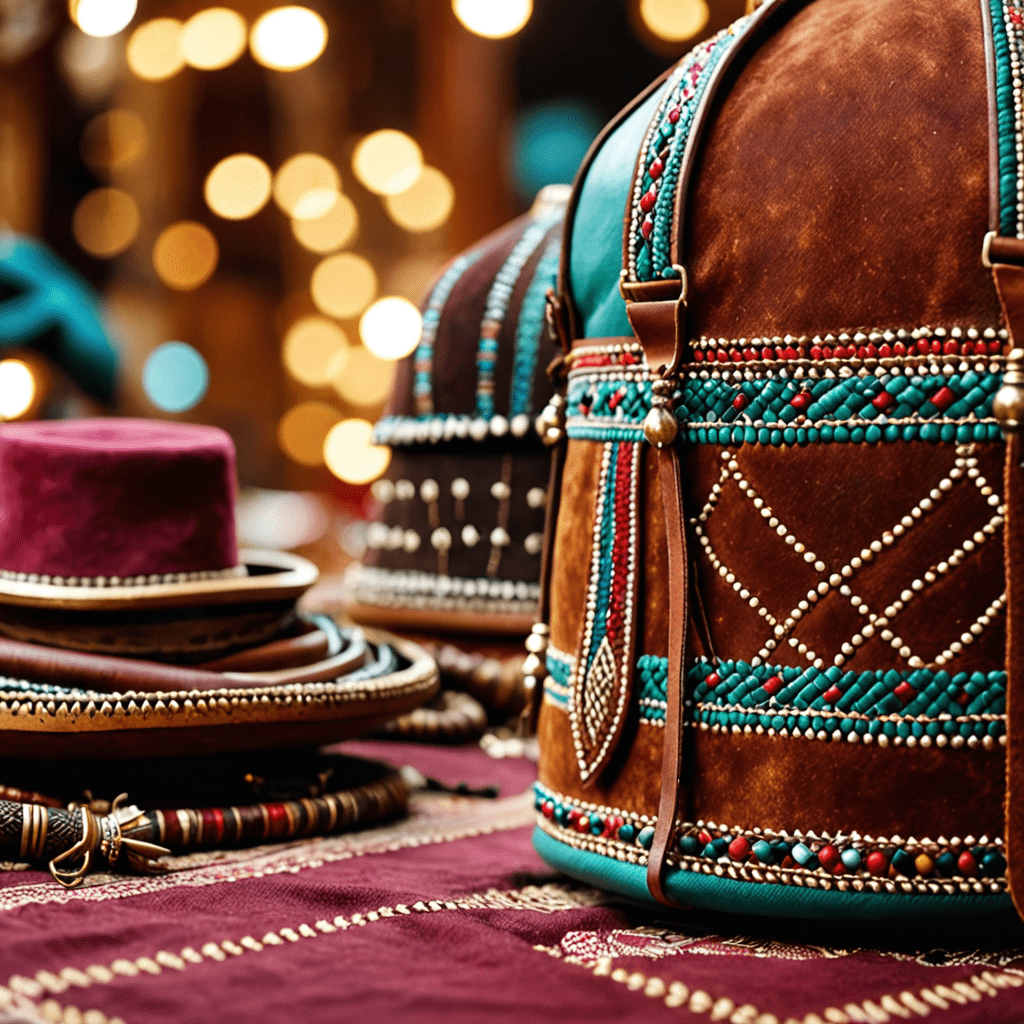
Immersing in Garifuna Culture in Belize
Introduction:
The Garifuna people, descendants of West Africans and indigenous Caribs, hold a vibrant and unique cultural presence in Belize. Their arrival in the 17th century and subsequent resilience have shaped a rich heritage celebrated through music, dance, food, and language. Immersing oneself in Garifuna culture offers a captivating journey into their history, traditions, and warm hospitality.
Garifuna Settlements in Belize:
Dangriga, a coastal town in southern Belize, stands as the heartland of Garifuna culture. Its energetic music scene and vibrant community events like the annual Garifuna Settlement Day in November showcase the traditions at their core. Hopkins, a village further south, boasts stunning beaches and a relaxed atmosphere, allowing visitors to experience the laid-back charm of Garifuna life. Seine Bight, a picturesque fishing village, offers a glimpse into the traditional livelihoods and boat building skills passed down through generations.
Experiencing Garifuna Music and Dance:
The pulsating rhythms of Garifuna music, driven by energetic drumming and the soulful melodies of the maraca, are instantly captivating. The call-and-response singing style adds a unique layer of interaction, creating a lively atmosphere at cultural events. The "punta rock" guitar, a modern invention, infuses contemporary Garifuna music with a distinct electric sound.
Garifuna dance forms, like the "punta," are known for their energetic movements and vibrant costumes. These dances often tell stories of everyday life, cultural history, and ancestral reverence. Visitors can participate in dance workshops or attend cultural performances to experience the infectious energy and storytelling nature of Garifuna dance firsthand.
IV. Sampling Garifuna Cuisine:
Garifuna cuisine stands as a testament to the resourcefulness and culinary skills of the Garifuna people. Hudut, a flavorful fish stew prepared with coconut milk, plantains, and a rich blend of spices, embodies the cornerstone of Garifuna cooking. Cassava bread, made from grated cassava root and baked on a griddle, offers a comforting accompaniment to various dishes.
A staple in Garifuna cuisine, rice and beans come in numerous variations, often incorporating fresh local produce and seafood. Coconut-based dishes like bunu (chicken stew) and tapou (sweet potato pudding) showcase the versatile use of this tropical ingredient. The abundance of fresh seafood along the coast ensures dishes like fish soup and conch fritters are common delights.
For a truly authentic experience, visit local Garifuna restaurants or attend community events where traditional dishes are prepared and shared. The welcoming spirit of the Garifuna people extends to their cuisine, creating a memorable gastronomic journey.
V. Learning the Garifuna Language:
The Garifuna language, known as Garifuna or Garinagu, holds significant cultural and historical importance. While English serves as the official language in Belize, Garifuna communities actively strive to preserve their unique linguistic heritage.
Opportunities to learn Garifuna are available through language classes, immersion programs, and online resources. Engaging with local Garifuna speakers through casual conversations or cultural events provides an immersive learning experience. The effort invested in understanding the nuances of the Garifuna language opens doors to a deeper understanding of their worldview, traditions, and cultural expressions.
VI. Celebrating Garifuna Heritage:
The annual Garifuna Settlement Day on November 19th stands as a national holiday in Belize, commemorating the arrival of the Garifuna people in the country. Celebrated across Garifuna communities and beyond, the day brims with vibrant parades, traditional dancing, music performances, and communal feasting. Attending such events offers a firsthand experience of the rich cultural heritage and festive spirit of the Garifuna people.
Other cultural celebrations like the Yurumein Festival (January), dedicated to the annual cleansing of the village, and Buiyei (March), a festive period of food, dancing, and storytelling, provide further opportunities to immerse oneself in Garifuna traditions. Participating in these celebrations fosters a deeper appreciation for the vibrant customs and cultural richness of this unique community.
VII. Ethical Considerations and Cultural Sensitivity:
When immersing oneself in Garifuna culture, respecting traditional values and customs is paramount. Dress modestly when visiting sacred sites or attending cultural events. Seek permission before taking photographs or videos, especially during ceremonies or private gatherings. Be mindful of local customs and avoid actions that might be considered disrespectful or intrusive. By demonstrating sensitivity and cultural awareness, you contribute to a positive and meaningful exchange while fostering a deeper understanding of the Garifuna way of life.
VIII. Supporting Garifuna Communities:
Supporting local Garifuna businesses and initiatives allows visitors to contribute directly to the preservation and continuation of the culture. Purchasing handicrafts or artwork from local artisans empowers individuals while promoting traditional skills. Participating in cultural workshops or festivals organized by the community generates income that supports cultural education and preservation efforts. By making conscious choices to support local endeavors, visitors can make a meaningful impact on the sustainability and vitality of Garifuna culture.
IX. Recommendations and Resources:
To enhance your experience, considering visiting during Garifuna Settlement Day (November 19th) to witness celebrations firsthand. Immerse yourself in the music scene in Dangriga, attend cultural performances in Hopkins, or participate in dance workshops to learn traditional movements. Savor authentic Garifuna cuisine at local restaurants, and engage in conversations with Garifuna people to learn about their language and stories.
For comprehensive information and cultural resources, visit the Garifuna Nation website (www.garifunafoundation.org) and the National Institute of Culture and History (www.nichbelize.org). These valuable platforms offer insights into Garifuna history, traditions, and ongoing initiatives dedicated to cultural preservation.
X. Frequently Asked Questions:
What is the best way to experience Garifuna culture?
The best approach involves immersing yourself in various aspects of their culture. Attend cultural events, participate in hands-on activities like dance workshops, sample traditional cuisine, engage in respectful conversations with Garifuna people, and support local initiatives,
Is it possible to learn the Garifuna language?
Yes, opportunities to learn Garifuna are available through language classes, immersion programs, and online resources. Additionally, engaging in conversations with local Garifuna speakers provides an invaluable learning experience.
What are some ethical considerations when interacting with Garifuna communities?
Be respectful of traditional values and customs, dress modestly during cultural events, seek permission before taking photographs or videos, and avoid disrespectful behavior.
Where can I find more information about Garifuna culture?
Valuable resources include the Garifuna Nation website and the National Institute of Culture and History website. These platforms offer insights into Garifuna history, traditions, and ongoing cultural preservation efforts.

